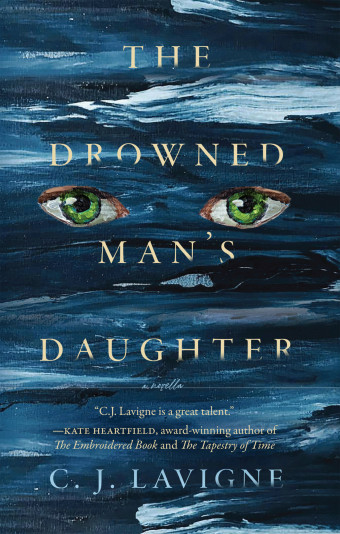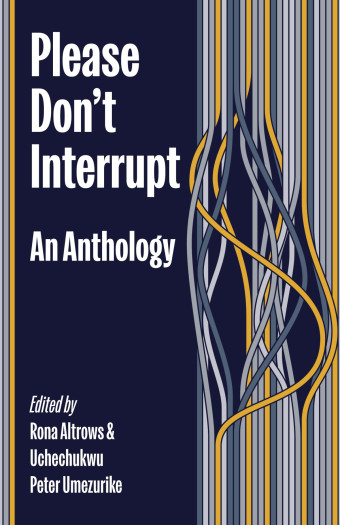From drawing caricatures at Ontario Place to studying representations of “non-humans” in visual narratives, Derek Evernden has long been a student of cartooning and comics. With Bogart Creek, Volume 3, Evernden makes a hilarious and thoughtful addition to his ever-expanding body of work.

- Bogart Creek 3
- Derek Evernden
- Renegade Arts Entertainment
- $19.99 Paperback, 136 pages
- ISBN: 978-19-89754-10-8
Evernden began drawing Bogart Creek in 2017, regularly posting the single-panel comics on Instagram, @bogartcreek. His first collected volume of comics debuted in early 2019, with the second volume following in 2020.
Devotees of his work will find familiar elements in Volume 3: dark surrealism, clever nods to pop culture, and conceptual exploration, all anchored by Evernden’s solid linework and eye for detail.
New readers should have no fear of playing catch-up, however; Bogart Creek very intentionally eschews any notion of recurring characters or storylines. “Single-panel comics aren’t tethered to any ongoing story,” says the Alberta-based cartoonist and illustrator. “It’s very freeing. They’re totally conceptual.”
A persistent observation in reviews and descriptions of Bogart Creek is its resemblance to Gary Larson’s classic The Far Side. Evernden appreciates the comparison. “Anyone who sees my work and says it’s on a par with Larson’s is paying me the highest compliment,” he says. “Some people have actually thanked me for keeping the Far Side torch going.”
Evernden’s influences go far beyond Larson and even cartooning, partly due to his education in fine art. “Cartooning is all about expressive figures and efficiently conveying movement and emotion,” he says, citing classical heavyweights like Caravaggio and Rodin as sources of inspiration alongside animators like Chuck Jones and fantasy artists like Frank Frazetta and David Mazzucchelli.

“Not surprisingly, I was also drawn to artists that felt more over the top and fantastical,” he continues. Francisco Goya’s famous painting Saturn Devouring His Son “feels very Bogart-Creekish” to Evernden – and those familiar with the strip will be quick to agree.
There is an organic flow to the comics in Volume 3, and many are arranged to create humorous juxtapositions. Evernden confirms that there is intentionality in the comics’ ordering, thanks to his wife Gillian Williamson. “She looks for pieces that complement one another in some way, without being thematically identical,” Evernden says. Her intuitive eye allows her to arrange the comics “so that there is a diagonal sweep into, and away from, the fold.”
Evernden admits that there is an element of tension between the pen-and-paper roots of the comic strip and the inevitability of the digital world. “Reading comics on a screen has never appealed to me compared to books or newsprint,” he says, though at the same time, posting comics online offers “the potential to reach a wide audience and get instant feedback.”
While the first volume of Bogart Creek was drawn with pen and ink, since then Evernden’s comics have largely become a digital production. But the genesis still occurs on the physical page: “I dearly miss traditional media and really enjoy the initial ball-point sketches I do when coming up with jokes.”
In addition to working on ideas for graphic novels and a more traditional comic strip, and a crime comic included in the forthcoming first issue of Alberta Comics Anthology, Evernden maintains a steady output of Bogart Creek comics to Instagram, usually two or three per week.
He reassures his readers, “There’s already a pile of cartoons set aside for Volume 4.”













